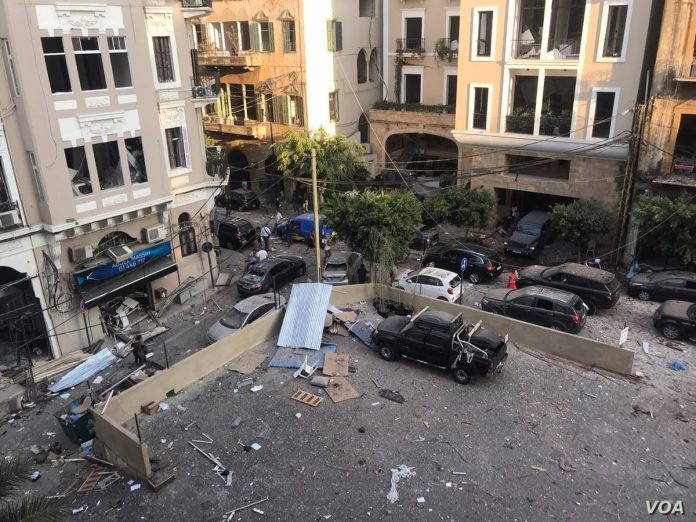Authorities in Lebanon say that some 2,750tonnes of ammonium nitrate were ignited following a fire at a nearby warehouse where fireworks were stored, causing the massive explosion and subsequent fire that has seen at least 100 people and 4,000 injured crowding Beirut’s hospitals.
Vessel tracker Marine Traffic shows the 11,000TEU CMA CGM Lyra currently docked in Beirut Port. However, security consultancy Dryad Global said the general cargo vessel Raouf H, owned by Lebanese company Cedar Marine, was the closest commercial vessel to the explosion. While the Sierra Leone flagged, Egyptian owned, general cargo vessel Mero Star docked behind the Raouf H.
Lebanon’s prime minister, Hassan Diab, said “The chemical had been left unsecured for six years in a warehouse, and vowed to punish those responsible.”
Talking to Container News last month TT Club’s risk management director Peregrine Storrs-Fox said that dangerous goods at ports are regulated locally.
“It is always a delicate discussion at the ship/port interface – practicalities mean that there needs to be an effective hand-off between international and national law, regulation and enforcement,” said Storrs-Fox.
The basis for the Cargo Integrity Campaign story in July was the dangers around the port for the storage of hazardous materials, with the horrendous accident in Tianjin Port just seven years ago a reminder of the dangers of poor regulation, education, evaluation and enforcement,







